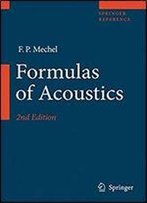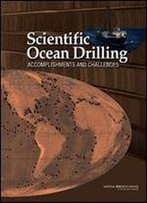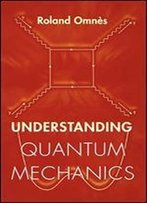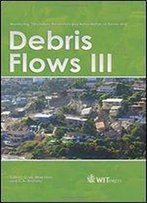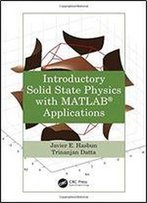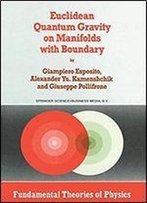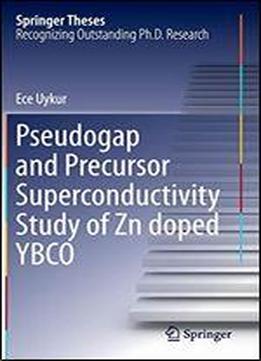
Pseudogap And Precursor Superconductivity Study Of Zn Doped Ybco (springer Theses)
by Ece Uykur /
2015 / English / PDF
9.1 MB Download
In this thesis, the pseudogap and the precursor superconducting state, which are of great importance in clarifying the superconductivity mechanism in high-temperature cuprate superconductors, are investigated with a c-axis optical study in YBa2(Cu1-xZnx)3Oy. Testing was performed over a wide energy range with smaller temperature intervals for several Zn-substituted samples, as well as for several carrier-doping levels.
A spectral weight (SW) analysis, in which the pseudogap behavior can be separated from the superconducting condensate with the SW transfer to the high-energy region, revealed that the pseudogap is not the precursor of the superconductivity (carriers moving to the high-energy region with pseudogap opening never contribute to the superconducting condensation). Moreover, the high-energy transfer continues even below Tc for the Zn-substituted samples (in which we weaken the superconductivity), which gives evidence to the coexistence of the pseudogap and the superconducting gap below Tc.
On the other hand, the analysis of optical conductivity revealed that a precursor state to superconductivity can be defined at temperatures much higher than Tc. The superconducting carrier density (ns) was calculated for each temperature (above and below Tc) and the results confirmed the existence of ns at temperatures above Tc. The observed real superconducting condensate (ns) above Tc puts a serious constraint on the theory for high- Tc superconductivity. A theory based on an inhomogeneous superconducting state, in which a microscopically phase-separated state in a doped Mott insulator can be observed, is the most plausible candidate. This theory can explain the existence of ns and the observed temperature range for the precursor superconducting state.
The results obtained show that the pseudogap coexists with superconductivity below Tc and is not the precursor of superconductivity. On the other hand, it is also possible to define a precursor superconducting state that is different than the pseudogap. The temperature range and the observed superconducting condensate in this state can be explained with the help of the inhomogeneous superconducting state.
